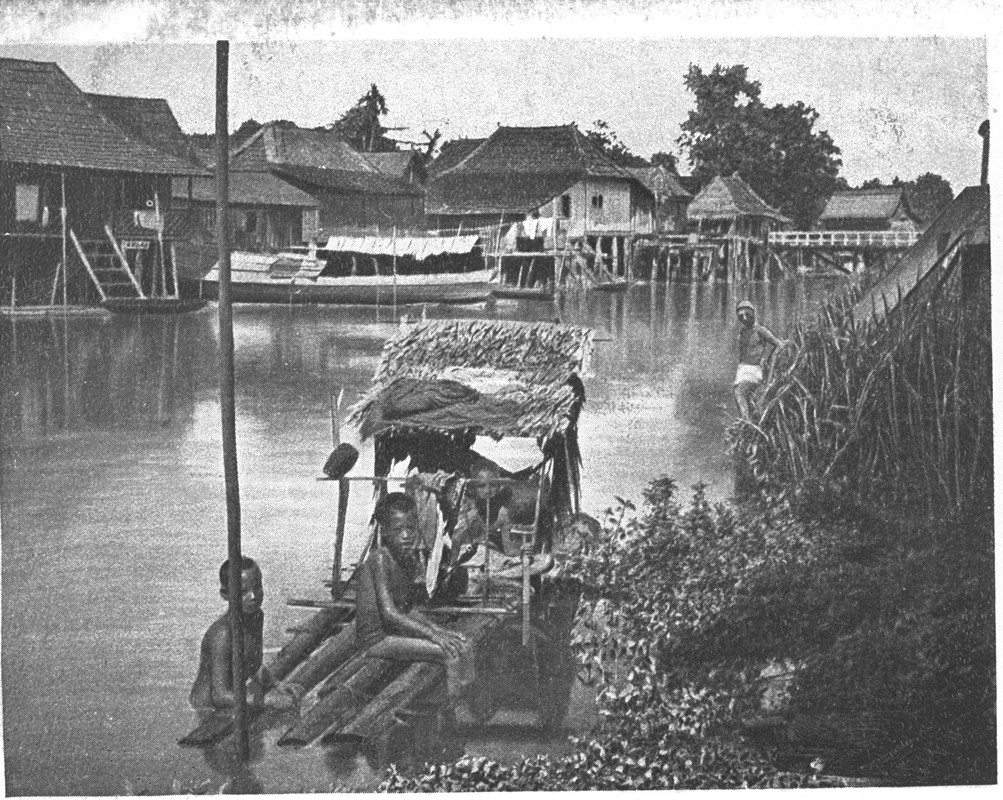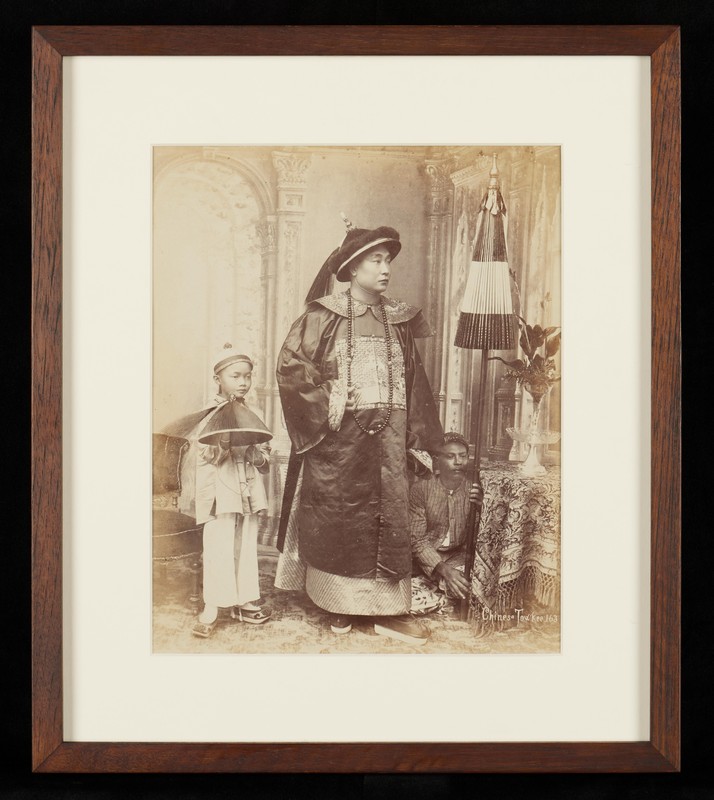新加坡宗乡会馆联合总会
1984年12月2日,全国宗乡会馆研讨会的举办,打破了本地会馆多年来沉寂的局面。这场研讨会由九家会馆联合发起:新加坡福建会馆、新加坡潮州八邑会馆、新加坡广东会馆、新加坡福州会馆、南洋客属总会、新加坡琼州会馆(今新加坡海南会馆)、新加坡三江会馆、新加坡晋江会馆及新加坡惠安公会。此次研讨会肯定了本地会馆存在的社会功能,并提出十大倡议,讨论宗乡会馆如何在新时代扮演更积极的角色。
事后在研讨会的基础上,由福建会馆、潮州八邑会馆、广东会馆、福州会馆、客属总会、琼州会馆及三江会馆发起组织“新加坡宗乡会馆联合总会”(简称宗乡总会)筹备委员会,积极筹组宗乡总会的工作。宗乡总会于1986年8月27日正式获准注册,并召开第一届会员大会。上述七家会馆筹获40万元作为总会基金。宗乡总会四项主要宗旨为:
(一)促进、加强及鼓励新加坡各华人宗乡会馆彼此间建立更好与更密切的关系、协调、合作及了解;
(二)促进、主办或资助教育、文化、社会及其他活动,以提高公众人士对华族语文、文化和传统的认识、了解及欣赏能力;
(三)提倡、资助或从事有关华族语文、文化及传统的研究;
(四)主办、参与或协助社区与福利服务。


组织与发展
目前,宗乡总会共有约251家会员团体(含22家准团体会员,包括文化艺术组织和校友会等华社团体)。宗乡总会首任会长为黄祖耀(1929-2024),管理层分为中央理事会和工作委员会两个层级。首届中央理事会(1986/1988年)共有九位理事,分别来自七家发起会馆。理事会属下的工作委员会则有五个小组,即:行政组、出版组、文化组、学术组及文史资料中心管委会。工作委员会主要负责向中央理事会提呈活动建议,将理论转化为行动,并付诸实行。
2010年10月,蔡天宝接任宗乡总会会长,出台了许多与时俱进的创举,包括设立奖学金、颁发杰出会馆奖、创办新加坡华族文化中心,以及出版《源》《华汇》两份季刊和中英文专著《新加坡华人通史》等。继黄祖耀、蔡天宝之后,陈奕福接任第三任会长。第四任会长蔡其生(时任福建会馆会长)于2021年9月上任。蔡其生接受《联合早报》访问时表示,弘扬华人传统文化是宗乡总会的初心,但宗乡总会也会继续扮演推动种族和谐的角色,同时加强华社组织与政府之间的关系与沟通。
宗乡总会目前共有六个委员会,即:会员事务委员会、社会事务委员会、文化委员会、学术委员会、青年委员会及产业委员会。为配合政府的融合政策,各委员会成员介于10到13人之间,以学术委员会而言,共有12位,其中亦有新移民参与。新移民要融入本地的主流社会,其中一个方法便是参与宗乡会馆的活动。
历年来,宗乡总会举办过许多大小活动供会员与群众参与,其中可归纳为四大类:即节庆活动、文娱演出、学术研讨及出版书刊,以塑建独特的新加坡华族文化。随着华人会馆的求变革新,宗乡总会在原有的“五化计划”基础上,极力地进行“三个重新”,制定一套新的文化策略,作为今后活动的指导原则。所谓“五化计划”指的是:观念现代化、管理专业化、组织年青化、活动多元化与体系制度化;“三个重新”指是重新定位、重新调整及重新开拓。宗乡总会已逐渐转型为推广与传承本地华族文化的一个重要组织。
柯木林,〈宗风远鬯与时俱进:新加坡宗乡总会对华族文化的贡献〉。收入程希、吴小安编,《华侨博物馆与华侨华人研究》,页357-367。北京:中国华侨出版社,2016。 | |
柯木林,〈华人会馆的现代化问题〉。收入新加坡宗乡会馆联合总会编,《总会三年》,页44-48。新加坡:新加坡宗乡会馆联合总会,1989。 | |
柯木林,〈跨世纪的宗乡总会〉。收入新加坡宗乡会馆联合总会编,《总会十年》,页37-39。新加坡:新加坡宗乡会馆联合总会,1995。 | |
谢燕燕,〈新领导班子出炉,蔡其生接任会长,宗乡总会弘扬传统促进种族和谐〉。《联合早报》,2021年9月27日。 | |
〈新加坡宗乡会馆近年出版活动的几点反思——以新加坡宗乡会馆联合总会为例〉。收入《学术幼苗计划论文集:第十二期》,页29-44。新加坡:南华中学,2016。 |










